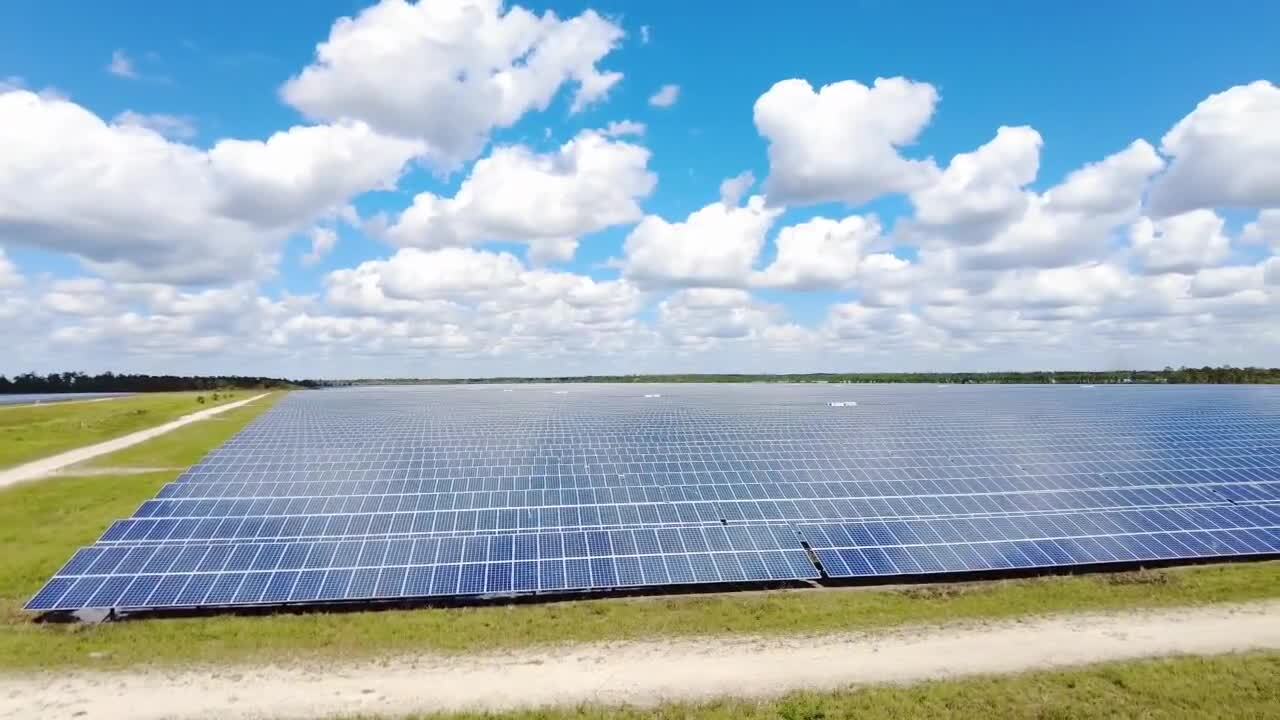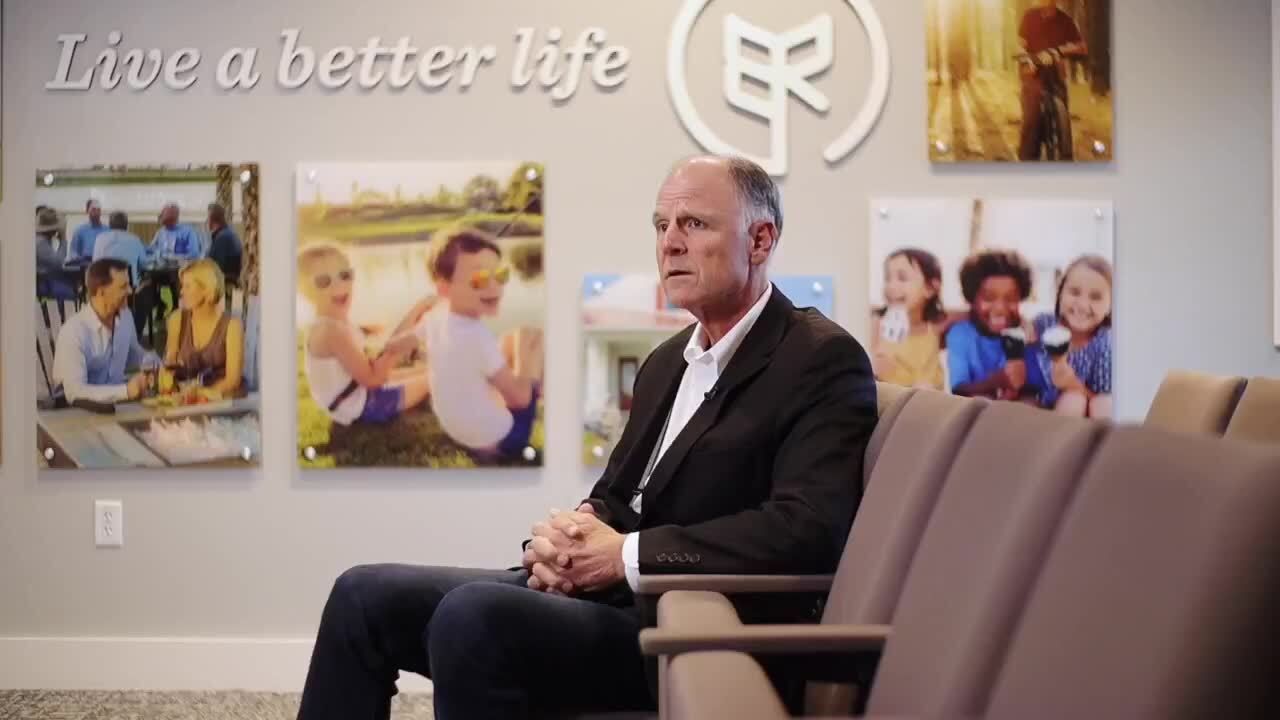BABCOCK RANCH, Fla. — As Hurricane Ian made landfall on Florida's west coast, Anthony Grande helplessly watched on from his backyard, about 20 miles northeast of hard-hit downtown Fort Myers.
"It sounded like a freight train. It was literally like a freight train, and it didn't stop," Grande recalled. "It didn't look real. It looked like something out of a science-fiction movie."
Despite the hurricane-force winds and flooding rains, the lights stayed on at Babcock Ranch.
"We never lost power. We never lost internet. We never lost water," Grande said. "We got very little damage, downed trees, a rip on the lanai screen and that's it."
Sydney Kitson, a retired professional football player, is the developer of the 18,000-acre community that he proudly calls America's first sustainable solar-powered town. He shares his time between Babcock Ranch and Palm Beach County.
"I think this is the future for development, not just here, but around the country," Kitson said. "What I'd really like to do is get off the grid almost completely."
Babcock Ranch is powered with the help of nearly 700,000 solar panels, which can create enough clean energy to power nearly 30,000 homes.
Kitson said Hurricane Ian's winds didn't dislodge a single solar panel.
The solar facility and battery storage system, which is tied to the grid and owned by Florida Power & Light, not only powers the growing community of nearly 2,000 homes but also feeds the region.
A spokesperson with FPL said it was not the solar-powered generation that kept the lights on for this storm, but the hardened grid.

Kitson collaborated with FPL to bring his idea to life, and he credits the utility with hardening its infrastructure in and around the community to survive a storm like Ian.
"With a Category 4 hurricane sitting on top of us for eight to 10 hours, life went back to normal literally within a day," Kitson said.
It's not just electricity that Kitson said powered the community through the storm. Babcock Ranch sits 30 feet above sea level. Kitson credits a well-designed water management system with preventing flooding and native plants made for these types of events, as well as its own hardened water utility.
"There needs to be a lot of thought that goes into how to build, if we're going to be along the coast, in a way that is resilient," Kitson said.
"I think the science is there," Grande said. "I think we know. We've been warned over the last 20 years what it was going to be like, and here we are."
Grande said weathering previous hurricanes drove him to make the move to Babcock Ranch in 2019 and a change toward greater sustainability.
"We take in the sun during the day, and we use our stored power for electricity needs at night," he said.

"It just doesn't make sense to rebuild the same way every time, knowing that the next time a storm comes by, we end up in the same place," Kitson said. "When you fight Mother Nature and you don't do it right, Mother Nature's going to win every time."
Kitson and Grande both shared how difficult it is for them, knowing how so many other people, not far from them on Florida's west coast, are suffering from the storm.
Once completed, Babcock Ranch is expected to have nearly 20,000 homes and 50,000 residents.
This article was written by Michael Buczyner for WPTV.




